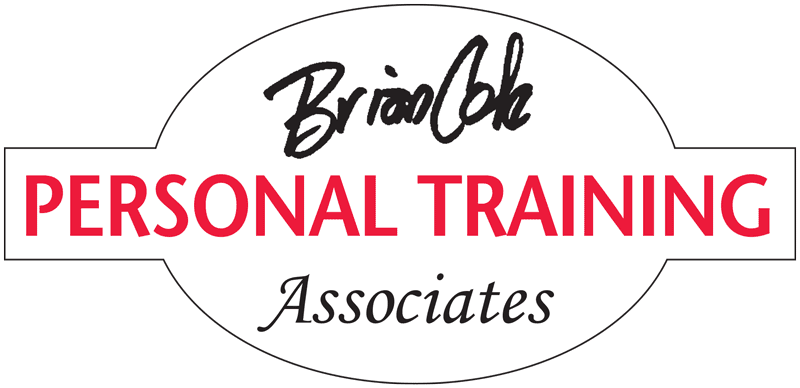…which, considering the obvious challenge of keeping crowded gym’s surfaces clean while practicing any semblance of distancing, makes a lot of sense for many. So to be safe and effective please consider: What is the actual function of the specific muscles you’re trying to train? And are you training them accordingly?
The human body has more than 600 muscles, so space will limit me on this, but I’ll address one common distinction that’s not always understood. Some of our muscles are designed to move our arms or legs or torsos. To lift, lower, pull, push, rotate. But some muscles have as a primary function the responsibility to hold us upright. To stabilize. To prevent movement. While these muscles may assist in movement and often are even the prime movers, they also have a postural function…working with tendons, ligaments and joint capsules to stabilize. And they should be trained for that.
If movement muscles are not challenged and trained, they atrophy. They become weaker and just can’t do as much. But if postural muscles aren’t challenged and trained correctly, they don’t have the option of just weakening. They still have a job to do. They have to hold us upright. So how do they do that? They get tight.
Common sense says if muscles are tight, we should stretch them, right? Wrong! While stretching may feel good in the moment and if done safely isn’t harming anything, it’s doing zero to address the real issue. They’re tight because they’re weak and still have to do their job; they need to be strengthened. And strengthened to stabilize not to move us. There’s a difference. I know I’m saying the same thing in different ways, but repetition is a valid teacher and this is a new concept for some readers. Personal example: if you could see my two-finger typing while looking at the keyboard (because I didn’t practice typing during our business shutdown as I vowed I would) you’d say I’m going to want a neck rub when I finish. I’d love one but the fact is I’m not going to feel tight at all because those deep postural muscles are trained.
Those muscles in the neck and upper back area that hold our 10- to 12-pound head up (upper trapezius, levator scapula, scalenes, SCM…) feel tight on most folks who sit in front of a computer for hours and they beg for a massage and a good stretch.
Example at the other end: You may not think of the calves as a postural muscle but they surely are. They are our first line of defense for a top heavy (think big belly) distortion of upright posture. This column won’t run in the summer so checking this out won’t be as easily confirmed daily but look at the calf development of those with a significant belly, which is pitching their upper body forward. Those slow twitch calf muscles are doing their best to hold them up and shelter the low back from punishment and it shows. Big belly = developed calves (but unfortunately still some sore low backs).
And in the middle, those low backs: just as the neck area muscles support the head, the low back supports our upper body. And yet, when we have low back tightness and pain, as so many do, we’re told what? Stretch those back muscles, stretch your hamstrings (which need to be strong, not long, by the way) and strengthen our abs for support. Rarely are we told to strengthen our low backs but that is exactly what we need to learn to do. A plank, for instance, strengthens and stabilizes muscles on the front of the body (the mirror muscles), which are already trained much more than the ones we can’t gaze at in the mirror. Learning how to train the corresponding ones of the back to stabilize and balance us becomes even more essential in this age of the ubiquitous plank. “I can hold a plank for an hour!” So what?
In closing, using isometric (non-moving) exercises to help postural muscles stabilize makes a lot of sense and they’re difficult to abuse. Stand in perfect upright posture with your back against the wall and hold a one inch thick paperback book on the wall with the back of your head. Lie on your back on the floor, feet flat, knees pointing at the ceiling and use your glutes (butt muscles) to lift your pelvis. Do this twice as much as you do your plank. Obviously, an oversimplification but it’ll get you started. If you incorporate these ideas into your home workout routines, you’ll feel better and you’ll have better posture. Your tight muscles will have lasting benefits well beyond the temporary feeling of stretching.

